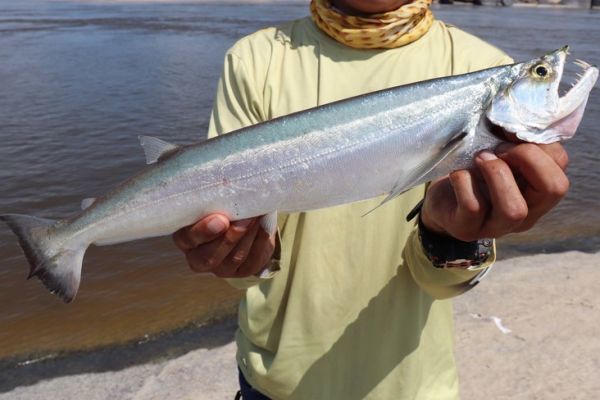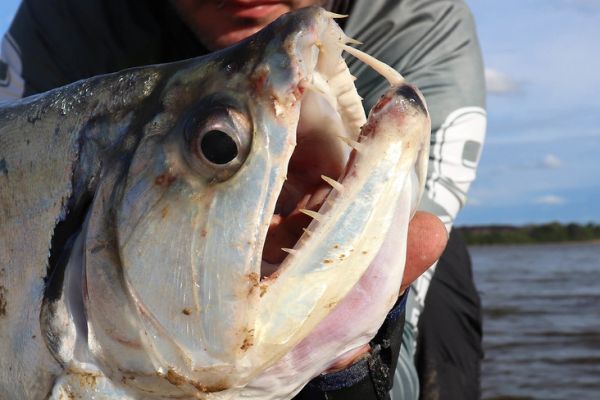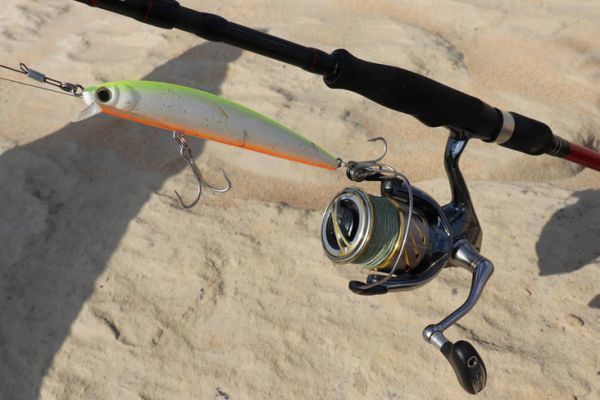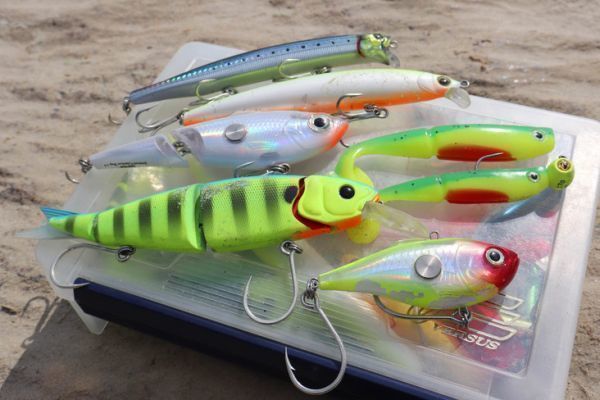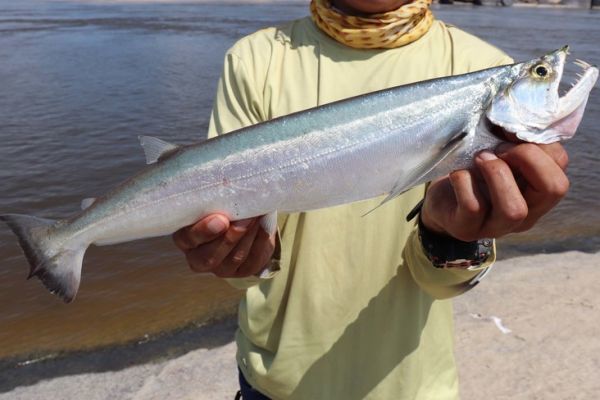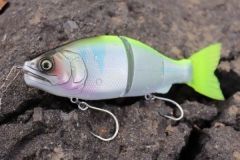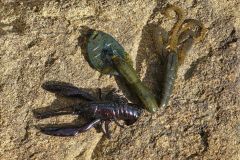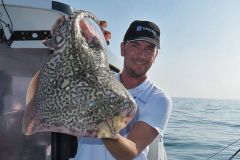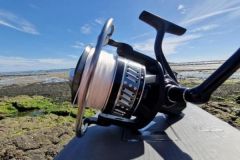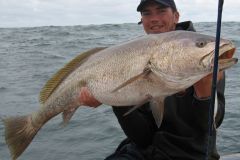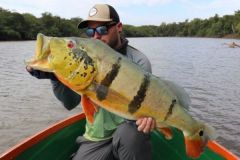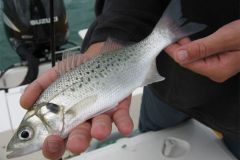The biara, a fish with impressive teeth
The biara is a carnivorous fish of the characin family with dog teeth, easily recognizable thanks to its long pointed canines placed on the lower jaw. There are fourteen species in this family, including the famous payara.
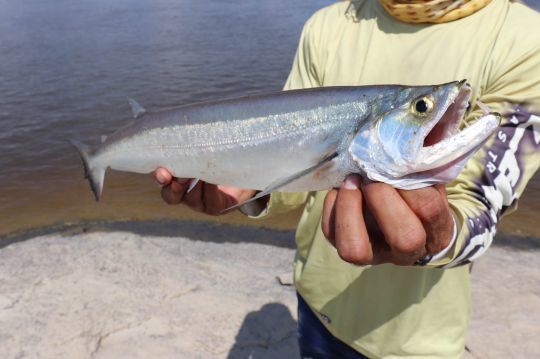
The biara has a fairly large distribution area. It can be found in the Amazon, Orinoco and Rio de la Plata basins, as well as in the rivers of Guyana. However, it is not the easiest to find and catch. It reaches up to 2 kg for a length of 60 to 70 centimeters. It feeds almost exclusively on other fish and uses its long canines to pierce them.
The differences with payara
Several points allow to differentiate it from the payara. Its body is much more tapered, less high and it does not have a hump above its head. It is also less thick and less corpulent.
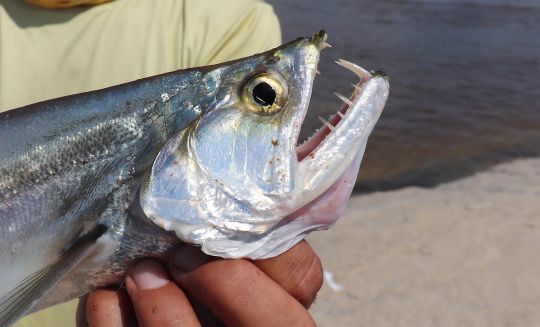
Around the pupil, its eye is all yellow, while in the payara the eye has just a thin yellow border. Finally, its teeth are finer than those of the payara.
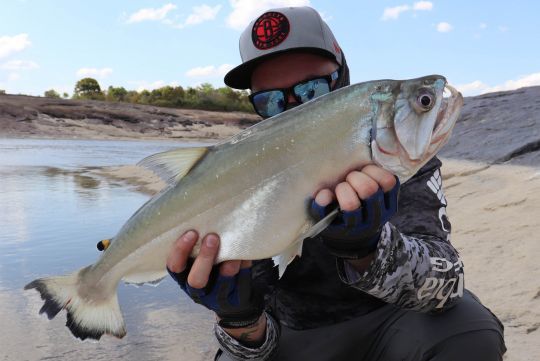
The fishing of the biara
As far as its fishing is concerned, it is less imposing than the payara and less interesting for sport fishermen, looking for a strong opponent. However, on small rods or for the challenge of adding this species to his collection, it still has its interest.
Long and thin minnow jerkbaits, such as the flash minnow, seem to work well for it. It is a fish that, despite its small size, has a reputation for eating large prey, measuring about 30 to 50% of its length. The lures of 12 to 15 centimeters are thus adapted to the catch of the biaras of standard size. Its smaller mouth makes it more complicated to catch, as it has difficulty to bite on hooks.
Except for fishing, it is on the side of the aquarists, that we find it and that it is sought, because its smaller size allows to integrate it in an aquarium.
